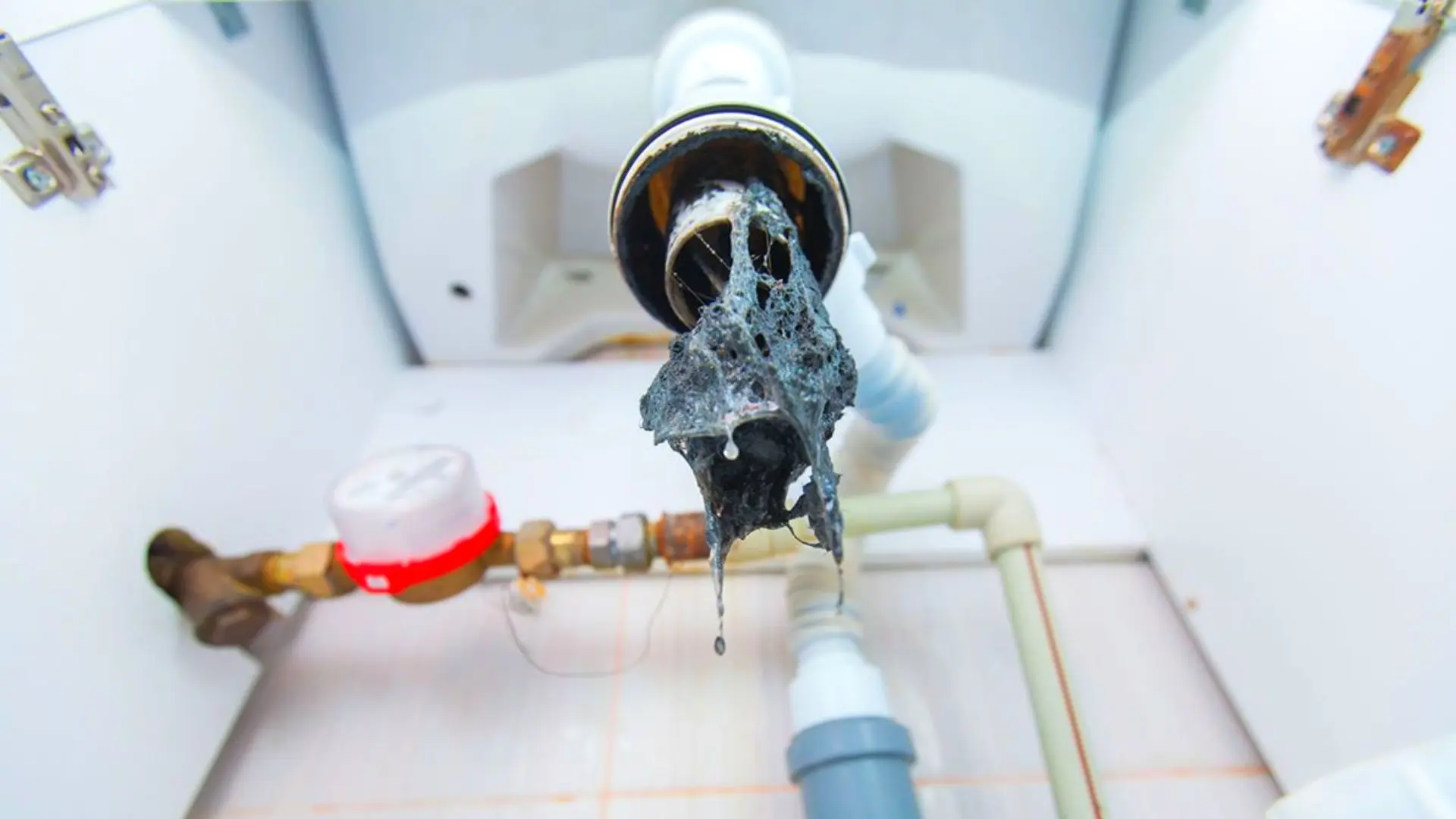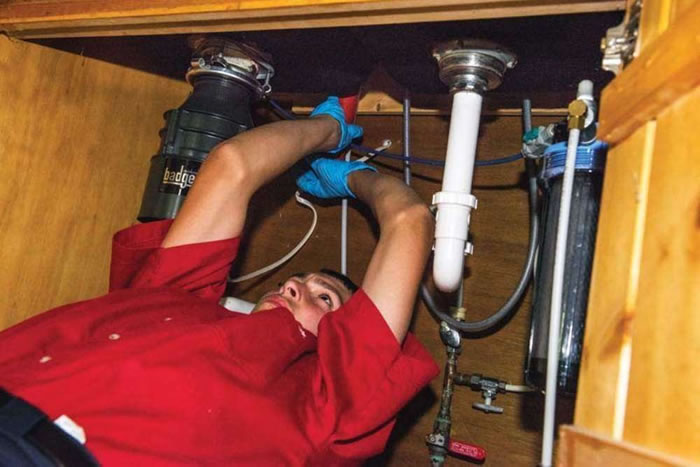Trusted Tactics for Dealing with Low Water Pressure in Your Home
Trusted Tactics for Dealing with Low Water Pressure in Your Home
Blog Article
What are your opinions concerning Low Water Pressure in the House??

Low tide stress in your house can be a frustrating trouble, affecting every little thing from showering to cleaning dishes. If you're experiencing weak water circulation, there are a number of feasible reasons and options to check out. In this guide, we'll review typical reasons for low tide stress and functional steps to resolve the concern properly.
Intro to Low Water Pressure
Low tide pressure occurs when the circulation of water from your faucets, showers, and other fixtures is weak than typical. This can make day-to-day tasks much more challenging and less reliable. Comprehending the reasons for low water pressure is important to discovering the right solution.
Common Reasons For Low Water Pressure
Faulty Pressure Regulatory Authorities
Pressure regulators are in charge of keeping regular water pressure in your home. If they malfunction, it can cause low tide pressure or irregular circulation throughout the house.
Metropolitan Water Issues
In some cases, the trouble lies outside your home. Municipal water concerns, such as main line leakages or upkeep job, can temporarily decrease water pressure in your location.
Pipeline Obstructions
Gradually, pipes can become obstructed with mineral deposits, debris, or particles, limiting the circulation of water. This is a typical issue in older homes with galvanized steel pipes.
Corrosion
Corrosion within pipelines can lead to leaks and decreased water pressure. Corrosion accumulation can constrict water circulation, especially in maturing plumbing systems.
Just How to Identify Low Water Pressure
Inspecting Pipes
Check noticeable pipes for indications of leakages, rust, or clogs. Focus on any type of unusual noises, such as banging or rattling pipelines, which might suggest problems within the plumbing system.
Consulting with a Plumber
If you're incapable to identify the cause of low water stress, take into consideration hiring a professional plumber to carry out a complete assessment. They can determine underlying concerns and advise ideal remedies.
Inspecting Taps and Components
Begin by evaluating the water stress at various faucets and components throughout your home. If the concern is separated to particular locations, it may suggest localized issues.
DIY Solutions to Fix Low Water Stress
Flushing Water Heater
Sediment build-up in the hot water heater can restrict circulation and decrease effectiveness. Purging the storage tank regularly assists eliminate sediment and keep optimal performance.
Examining Pressure Regulatory Authority
Make certain that the stress regulatory authority is working correctly. Changing or changing the regulator can assist restore appropriate water pressure throughout your home.
Cleansing Aerators and Showerheads
Natural resources can build up in aerators and showerheads, decreasing water circulation. Get rid of and clean up these elements consistently to enhance water pressure.
Clearing Clogs in Piping
For small obstructions, try utilizing a plumbing snake or chemical drain cleaner to clear blockages in pipelines. Be cautious when utilizing chemicals and comply with safety guidelines.
When to Call a Specialist Plumber
If DIY efforts fall short to fix the concern or if you presume significant plumbing troubles, it's finest to seek assistance from a certified plumber. They have the competence and devices to address complicated concerns securely and properly.
Safety Nets to Preserve Water Stress
Setting Up a Pressure Booster
Consider mounting a pressure booster pump to boost water stress in locations with constantly reduced flow. This can be especially advantageous for multi-story homes or buildings with high-demand components.
Surveillance Water Usage
Be mindful of water usage habits and prevent overtaxing the plumbing system. Basic changes, such as incredible showers and laundry loads, can aid maintain sufficient water stress.
Regular Maintenance
Arrange regular maintenance for your plumbing system to prevent problems such as rust, leaks, and blockages. Attending to small issues early can help stay clear of even more significant repairs later.
Final thought
Managing low tide stress can be irritating, yet identifying the underlying reasons and implementing suitable solutions can restore ideal flow throughout your home. Whether it's cleaning up aerators, examining pipes, or seeking advice from a plumber, taking positive actions can make sure a constant supply of water for your day-to-day requirements.
FOUR WAYS TO FIX LOW WATER PRESSURE NOW
Turning on a shower or faucet only to find the water comes out in a sad, slow drizzle is never a good feeling. How exactly are you supposed to wash a pan or take a quick shower when it takes 10 minutes just to rinse off a little soap? The good news is that when your water pressure is bad, there's always a cause: typically one that can be easily fixed. Here are some of the most common causes of low pressure and what you can do to fix the issue:
DEBRIS AND MINERAL DEPOSIT BUILDUPS
If you notice low water pressure from just one or two of the fixtures in your house, the problem likely has to do with debris buildup. Water is full of minerals and other debris, all of which can accumulate in your pipes and on your fixtures. This can cause a blockage that affects how much water flows through. To fix this, try filling a small plastic bag with white vinegar, and use a rubber band to hang it around your showerhead or faucet. Let the head of the fixture soak for a few hours, and the vinegar should loosen the deposits.
WATER LEAKS
Leaks are another common cause of low water pressure. If water is flowing out of your plumbing through a hole or crack before it can reach your fixture, the pressure coming out of the faucet or showerhead will be lower. A plumbing professional is your best bet for finding and repairing a leak in your water supply pipes.
Leaks are another common cause of low water pressure. If water is flowing out of your plumbing through a hole or crack before it can reach your fixture, the pressure coming out of the faucet or showerhead will be lower. A plumbing professional is your best bet for finding and repairing a leak in your water supply pipes.
A VALVE ISSUE
If you have low water pressure throughout your home, check your main shut-off valve to make sure it's completely open. You may also want to see if there's a pressure-reducing valve installed. If there is, have a plumber help you adjust the settings to get the pressure you're looking for.
OTHERS USING WATER
Believe it or not, your low water pressure could be caused by your neighbors. If you notice low pressure at certain times of day, it may be because you and the people living next to you have similar schedules - when everyone is showering at the same time, the pressure will be lower in every home. Low pressure throughout the neighborhood may also be caused by an issue with your municipal water supply. If that's the case, call the supplier to see if they're working on the issue.
https://www.rotorooter.com/blog/water-leaking/low-water-pressure-fixes/

As a keen reader about 9 Reasons for Low Water Pressure in Your House, I figured sharing that piece of content was beneficial. Appreciated our blog posting? Please quickly share it. Help somebody else check it out. Kudos for being here. Come back soon.
Get A Free Estimate Report this page